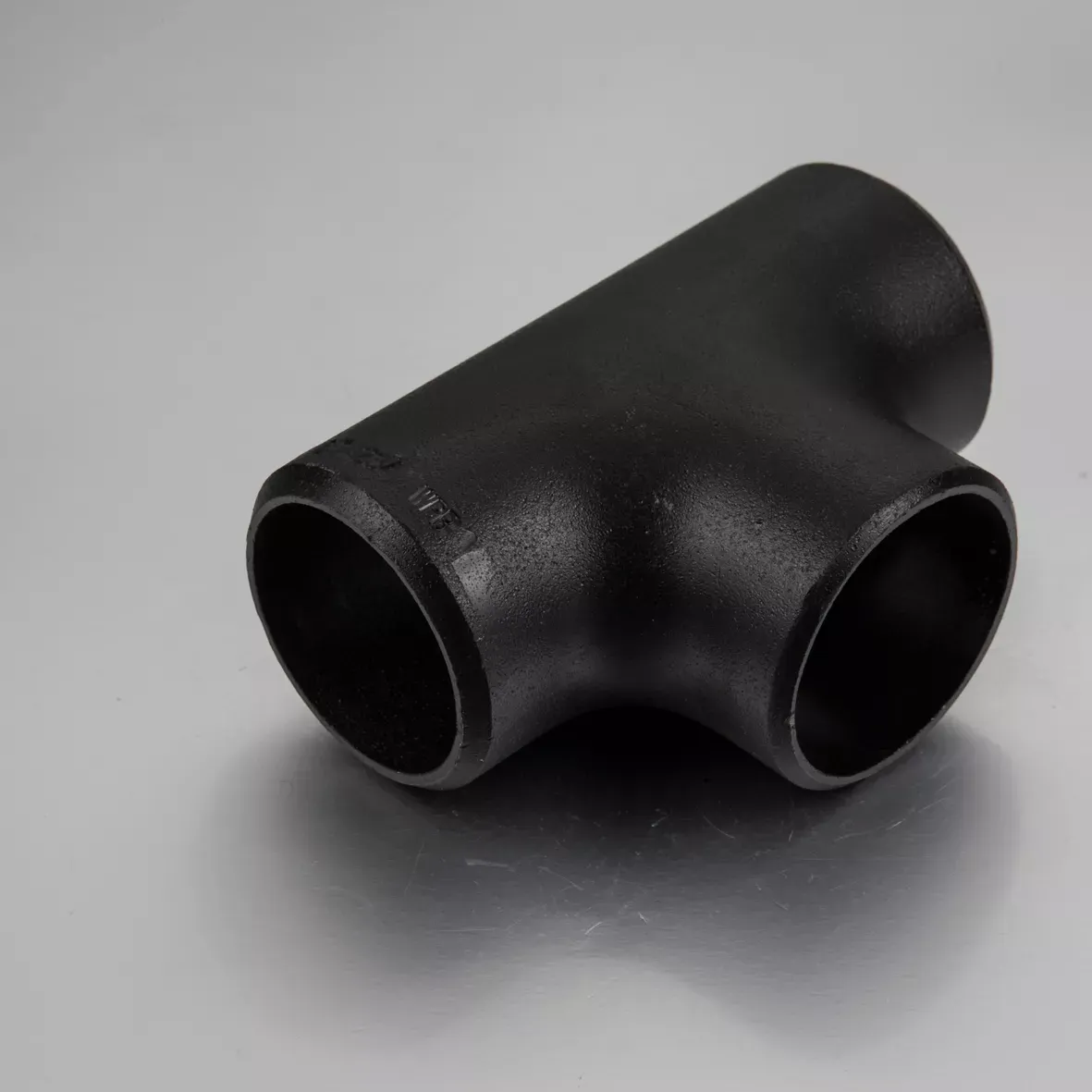-
Cangzhou Yulong Steel Co., Ltd.
-
Phone:
+86 13303177267 -
Email:
admin@ylsteelfittings.com
- English
- Arabic
- Italian
- Spanish
- Portuguese
- German
- kazakh
- Persian
- Greek
- French
- Russian
- Polish
- Thai
- Indonesian
- Vietnamese
- Zulu
- Korean
- Uzbek
- Hindi
- Serbian
- Malay
- Ukrainian
- Gujarati
- Haitian Creole
- hausa
- hawaiian
- Hebrew
- Miao
- Hungarian
- Icelandic
- igbo
- irish
- Japanese
- Javanese
- Kannada
- Khmer
- Rwandese
- Afrikaans
- Albanian
- Amharic
- Armenian
- Azerbaijani
- Basque
- Belarusian
- Bengali
- Bosnian
- Bulgarian
- Catalan
- Cebuano
- China
- China (Taiwan)
- Corsican
- Croatian
- Czech
- Danish
- Esperanto
- Estonian
- Finnish
- Frisian
- Galician
- Georgian
- Kurdish
- Kyrgyz
- Lao
- Latin
- Latvian
- Lithuanian
- Luxembourgish
- Macedonian
- Malgashi
- Malayalam
- Maltese
- Maori
- Marathi
- Mongolian
- Myanmar
- Nepali
- Norwegian
- Norwegian
- Occitan
- Pashto
- Dutch
- Punjabi
- Romanian
- Samoan
- Scottish Gaelic
- Sesotho
- Shona
- Sindhi
- Sinhala
- Slovak
- Slovenian
- Somali
- Sundanese
- Swahili
- Swedish
- Tagalog
- Tajik
- Tamil
- Tatar
- Telugu
- Turkish
- Turkmen
- Urdu
- Uighur
- Welsh
- Bantu
- Yiddish
- Yoruba

Dec . 21, 2024 05:36 Back to list
Understanding DIN 2050 Flange Specifications and Applications in Industrial Settings
Understanding DIN 2050 Flange An Overview
Flanges play a crucial role in piping systems, serving as the connection points for pipes, valves, and other equipment. Among the various standards governing flanges, the DIN 2050 standard stands out, particularly in Europe. This article delves into the specifics of DIN 2050 flanges, their applications, characteristics, and why they are integral to industrial processes.
What is DIN 2050?
DIN 2050 is a standard published by the Deutsches Institut für Normung (DIN), which establishes the dimensions, tolerances, and materials for flange connections primarily used in the chemical and petrochemical industries. The flanges specified under this standard are characterized by their unique design, making them suitable for various applications, including the transport of liquids and gases under high pressure.
Characteristics of DIN 2050 Flanges
1. Design and Dimensions DIN 2050 flanges are designed to ensure a tight seal, protecting against leaks. The dimensions of these flanges are standardized, with a range of sizes available, allowing for flexibility in piping systems. Typically, they are specified with a nominal diameter ranging from DN 10 to DN 600, accommodating a variety of flow rates and pressure conditions.
2. Material Selection The standard allows for a range of materials, including carbon steel, stainless steel, and various alloys. The choice of material depends on the specific application requirements, such as resistance to corrosion, pressure ratings, and temperature tolerances. This versatility enables engineers to select flanges that meet both mechanical and environmental demands.
3. Pressure Ratings One of the key considerations in flange selection is the pressure rating. DIN 2050 flanges are classified based on different pressure levels, ensuring that they can handle the necessary pressures in various applications. This aspect makes them particularly suitable for high-pressure environments commonly found in industries like oil and gas.
4. Seal Type The sealing mechanism of DIN 2050 flanges typically involves the use of gaskets, which play a pivotal role in preventing leaks. Various gasket materials can be employed, depending on the service conditions, ensuring that integrity is maintained across different environments.
din 50 flange

Applications of DIN 2050 Flanges
DIN 2050 flanges are widely employed across numerous industries, primarily in sectors where fluid transport is critical. Some of the prominent applications include
- Chemical Industry Flanges in this sector must withstand aggressive chemicals and high pressures. DIN 2050 flanges provide a secure connection that is essential for maintaining safety standards in chemical processing facilities.
- Oil and Gas The flanges are integral to pipelines that transport oil and gas, often under extreme conditions. Their reliability and durability make them suitable for offshore as well as onshore applications.
- Water Supply Systems In municipal water projects, DIN 2050 flanges are used to connect various sections of piping, ensuring that the delivery of water is not compromised by leaks.
- Power Plants Flanges are utilized in the construction of cooling and heating systems within power generation facilities, where efficiency and safety are paramount.
Conclusion
The DIN 2050 flange standard is an essential aspect of modern industrial design and engineering. Its features, such as standardized dimensions, material versatility, and robust pressure ratings, make it a preferred choice for many applications. The reliability and efficiency that DIN 2050 flanges provide contribute to the overall safety and effectiveness of fluid transport systems across various industries.
As industries continue to evolve and adapt to new challenges, the significance of well-designed flange connections remains steadfast. With ongoing advancements in materials and engineering practices, the future of DIN 2050 flanges will undoubtedly embrace improvements that enhance performance, sustainability, and safety in fluid handling systems. Whether in chemical processing, oil and gas transport, or municipal water supply, the role of DIN 2050 flanges is fundamental to achieving operational excellence.
Latest news
-
ANSI 150P SS304 SO FLANGE
NewsFeb.14,2025
-
ASTM A333GR6 STEEL PIPE
NewsJan.20,2025
-
ANSI B16.5 WELDING NECK FLANGE
NewsJan.15,2026
-
ANSI B16.5 SLIP-ON FLANGE
NewsApr.19,2024
-
SABS 1123 FLANGE
NewsJan.15,2025
-
DIN86044 PLATE FLANGE
NewsApr.19,2024
-
DIN2527 BLIND FLANGE
NewsApr.12,2024
-
JIS B2311 Butt-Welding Fittings LR/SR 45°/90° /180°Seamless/Weld
NewsApr.23,2024











